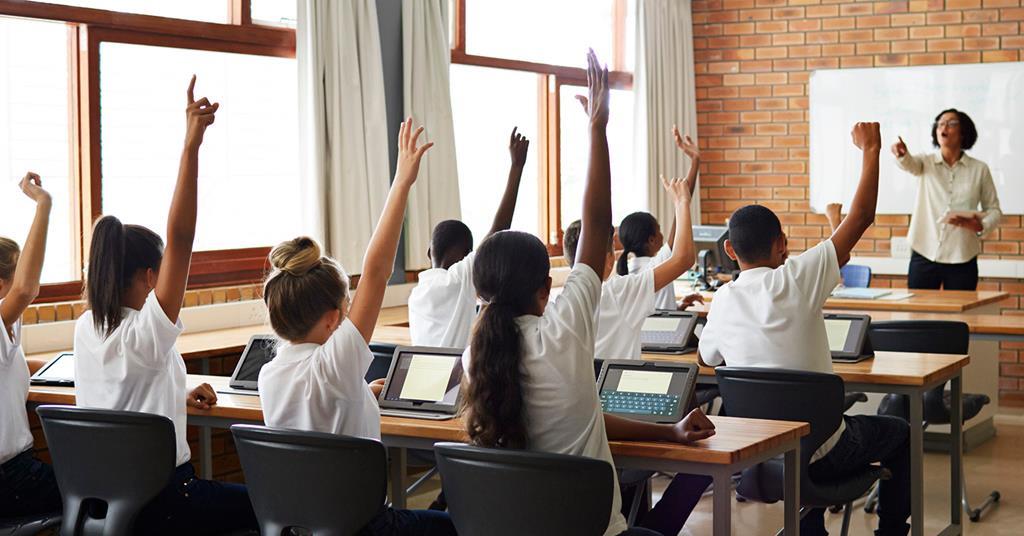Enroll in Primary Science Tuition Singapore for a Strong Science Foundation
Enroll in Primary Science Tuition Singapore for a Strong Science Foundation
Blog Article
Discovering the Different Teaching Methods in Main Scientific Research Education And Learning Today
Inquiry-based discovering, hands-on experiments, and the integration of modern technology are redefining exactly how instructors involve young minds. Additionally, joint techniques and set apart guideline are being used to cater to the varied needs of students, improving both involvement and understanding.
Inquiry-Based Knowing
Inquiry-Based Discovering (IBL) is a pedagogical strategy that motivates pupils to explore scientific ideas via questioning, examination, and hands-on trial and error. This method stresses the role of trainees as energetic participants in their knowing, promoting essential thinking and problem-solving skills. By involving with real-world questions, trainees come to be curious and inspired, which boosts their understanding of clinical principles.
In IBL, instructors function as facilitators, leading students as they navigate their queries as opposed to supplying details directly. This student-centered method enables differentiation, suiting various discovering rates and designs. Students develop skills in formulating theories, designing experiments, and examining information, which are essential for scientific proficiency.
Additionally, IBL cultivates cooperation amongst students, encouraging them to share ideas and findings. This cumulative questions advertises social abilities and a sense of neighborhood within the classroom. The procedure of inquiry urges durability, as students discover to accept failure as a tipping stone toward understanding.
Hands-On Experiments
Hands-on experiments are an important component of reliable scientific research education, matching the principles of inquiry-based learning. These experiments allow students to involve straight with scientific ideas, promoting a deeper understanding via experiential understanding. By controling products and observing results, young learners can understand abstract theories in substantial ways.
Such tasks advertise critical thinking and analytic skills, as students assume end results, conduct experiments, and assess results. This process encourages them to ask concerns, refine their understanding, and establish a scientific state of mind. Additionally, hands-on experiments can be customized to diverse discovering designs, ensuring that all trainees have the possibility to involve meaningfully with the material.
Moreover, hands-on experiments commonly urge collaboration amongst peers, advertising synergy and interaction abilities. Operating in teams enables trainees to share ideas, discuss searchings for, and gain from each other, which enhances their overall instructional experience.
Incorporating hands-on experiments into the primary science curriculum not just enriches the finding out atmosphere yet also cultivates a lifelong rate of interest in scientific research. By proactively participating in their education, trainees are more probable to develop a passion for clinical questions that extends beyond the classroom.

Innovation Assimilation
Incorporating modern technology into main science education and learning has become increasingly necessary in cultivating student interaction and enhancing learning outcomes. The use of digital tools, such as interactive simulations, virtual labs, and academic software, gives trainees with opportunities to check out clinical ideas in ingenious ways. These sources help with a much deeper understanding of complex topics by permitting students to picture and control variables that would be not practical in a typical class setting.
Moreover, technology combination encourages individualized discovering experiences. Students can proceed at their very own speed, revisiting tough ideas with multimedia resources, which satisfy different understanding styles. This adaptability not only sustains individual development however additionally cultivates a feeling of autonomy in students.
Furthermore, innovation functions as a bridge to real-world science, connecting pupils with current study and expert payments. Access to clinical journals and on-line databases widens trainees' viewpoints on clinical questions and fosters critical believing skills.
Collaborative Learning
Collective discovering plays a vital duty in primary science education and learning by cultivating team effort and communication skills among trainees. This strategy motivates students to function with each other, share knowledge, and participate in analytic, which enhances their understanding of scientific concepts. By taking part in team activities, students discover to verbalize their concepts, pay attention to varied perspectives, and work out services, every one of which are important skills in both real-world and academic contexts.

Study shows that collaborative discovering can result in boosted motivation and involvement in science topics, as pupils find satisfaction in shared experiences (primary science tuition Singapore). Furthermore, this method prepares students for future collective undertakings, equipping them with the skills necessary for efficient synergy in higher education and learning and specialist environments. Inevitably, embracing collective understanding in primary science education and learning can dramatically enhance the understanding experience and advertise a much deeper view publisher site understanding of clinical inquiry
Separated Guideline

Separated direction can materialize in different methods, such as varying the material, processes, or products of knowing. Educators may use tiered assignments that supply varying levels of intricacy, enabling trainees to work at their respective preparedness degrees. Additionally, flexible organizing approaches can promote partnership among pupils with different capabilities, promoting peer knowing.
Assessment plays a vital role in this strategy, as it educates direction and helps instructors comprehend each pupil's one-of-a-kind demands. Formative analyses, such as observations and tests, can lead instructors in adjusting their approaches to enhance learning end results. primary science tuition Singapore. Eventually, by implementing differentiated guideline in key science education and learning, teachers can grow a more fair and effective knowing setting, empowering all pupils to reach their full capacity in recognizing scientific phenomena
Verdict
In recap, the varied teaching methods in key scientific research education, consisting of inquiry-based learning, hands-on experiments, technology combination, joint learning, and set apart instruction, collectively contribute to a much more reliable learning atmosphere. These techniques advertise crucial thinking, analytical abilities, and a much deeper understanding of clinical concepts. By implementing these methods, educators can produce interesting and encouraging class that address the varied needs of students, eventually promoting a long-lasting passion in science and boosting scholastic success.
Inquiry-Based Understanding (IBL) is a pedagogical strategy that urges students to explore clinical ideas through questioning, investigation, and hands-on testing.Joint discovering plays a crucial function in primary scientific research education and learning by cultivating teamwork and communication abilities amongst pupils.Study suggests that collaborative understanding can lead to raised motivation and engagement in scientific research topics, as students locate satisfaction in common experiences.In fostering a comprehensive discovering environment, set apart guideline arises as a key approach to fit the varied demands and capacities of trainees in key science education and learning. Eventually, by executing differentiated guideline in from this source main scientific research education and learning, educators can grow a more efficient and fair knowing setting, empowering all trainees to reach their complete potential in recognizing scientific phenomena.
Report this page